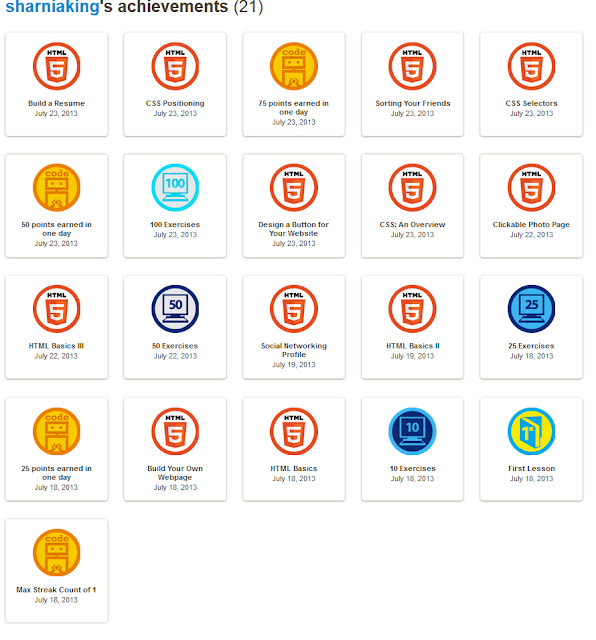About
I am a designer, currently studying Design Innovation at Victoria University of Wellington. My focus areas are website and mobile media development, interaction design, 3D modelling and animation and audio-visual space. My blog shows my journey through each project as well as my learning experience through university.
What do I want to be when I grow up? I have no idea. But I love what I'm learning. Although there have been many bumps along the road in this journey and despite the fact that there are going to be many more, I wouldn't have it any other way.
Labels
Blog Archive
-
▼
2013
(280)
-
▼
July
(15)
- DSDN112: Creative Development
- DSDN112: Creative Bio Page
- DSDN112: Professional Page Update
- DSDN112: Layout Update
- DSDN112: Colour Scheme
- DSDN112: Bio Page Information
- DSDN112: Layout Sketches
- DSDN112: Website Sketching
- DSDN112: Website Inspiration
- DSDN112: Code Acedemy Development
- DSDN112: Class Exercise
- DSDN112 - Firefox Add Ons
- DSDN112: Lynda.com Tutorial Notes
- DSDN112: Code Academy
- DSDN112: Website Critiques
-
▼
July
(15)
























